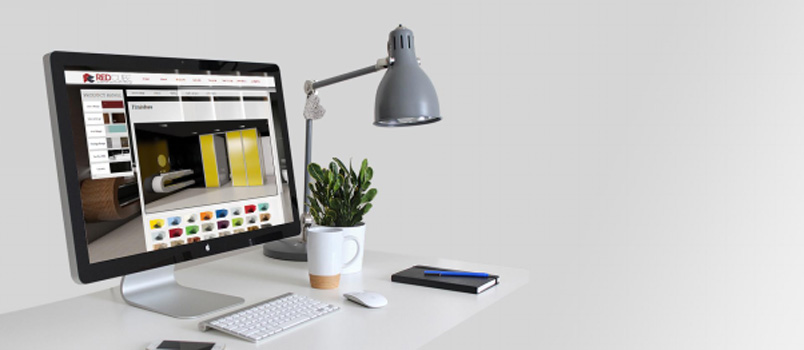Web designers have their jobs cut out for them today. In an environment where technology is the end-all in all of our interactions, we are faced with making websites both attractive and functional. Furthermore, these designs have to be accessed and used on various media, such as on desktop, tablets, smartphones and more.
Web design specialists in Melbourne have the benefit of a tech scene that forms their own guidelines on best practices. Many of these practices make navigating and viewing websites much more user-friendly, regardless of the medium used. When it comes to content-heavy sites specifically, it’s important to enlist a few strategies to ensure a positive experience for all visitors to your website.
Continue reading to learn more about some of the best practices for content-heavy websites.
Visual Aids
One of the factors that makes websites attractive are the visual elements that initially attract the user to a page, whether these elements are ads, images, photos or video. On a content-heavy page, instead of users seeing a lot of text, consider using images to allow them to navigate through the site using your appealing images.
While using colour to break up the monotony of a white page can help, nothing takes the place of pictures, art, or even photography in retaining the attention of the viewer. As the user dissects the information on the page, strategically placed pictures can give a visual of the subject being discussed and can add real value to the overall design of the page.
Versatility Across Devices
Nowadays, being able to access the same page on a variety of devices, is crucial to ensure that you don’t lose any potential visitors. Structuring your content in such a way that it is easy to navigate on all devices will help your visitors to have the best experience possible on your website. This will help to lower your bounce rate, keep visitors on the site longer and keeping your content interlinked will allow the user to flow through all of your content with ease.
Use A Variety Of Content Types
If you have a lot of text on your website, you should consider using other types of content instead. The old adage ‘a picture is worth a thousand words’ holds true for content heavy websites and while using images can be a great way to minimise the amount of text, video can be even better. With the huge number of tools available, it’s easier than ever to convert your text-heavy content into easy to consume, eye-catching videos, so no matter what your level of expertise, you can get on board the video trend.
Neat And Simplistic
Nothing can be more confusing or distracting than a page that is too busy. Web pages with too much colour or too many graphics can be difficult to read. Good pages still have simple colour schemes and are neatly organised, so that the reader can easily follow the chronological order of the content.
When designing for content-heavy websites, it’s crucial that you keep everything well organised and easy to navigate. Be sure to apply structure to how your content is presented and avoid cramming elements together on the page. Instead aim to keep a clean look to your website, so that users don’t get overwhelmed by the amount of information you’re presenting them with.
Best Practices For Content-Heavy Pages
Content-heavy pages can be a disadvantage in an online landscape ruled by visuals and interactive graphics. To attract and retain the attention of users, it’s critical that you follow best practices to make your information accessible through various mediums and make it more interesting by adding pictures to explain the message you are trying to convey on your webpage. Ultimately, though, a page that is well-organised and neatly structured will go a long way to helping you, not only attract visitors to your website but keep them there too.


